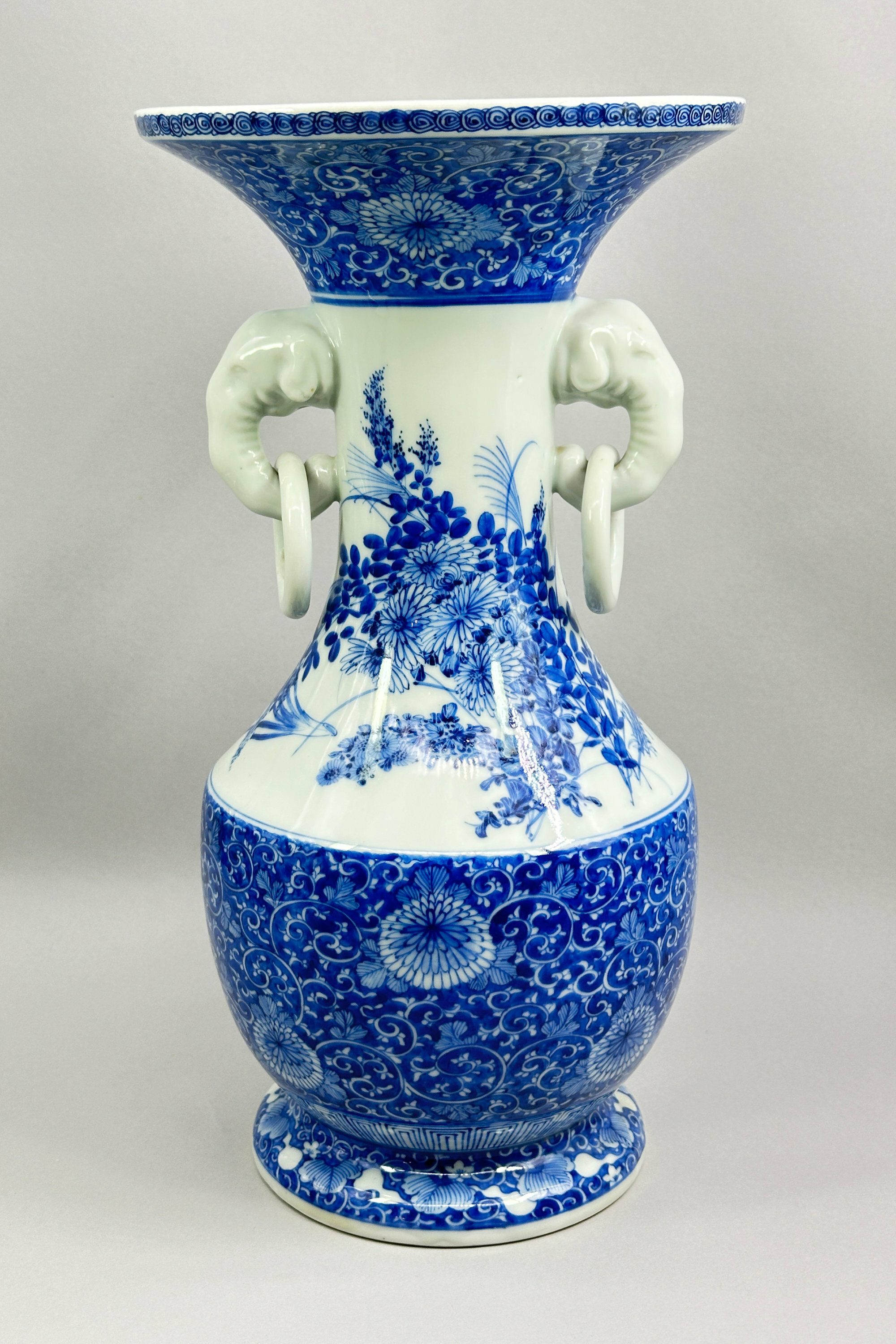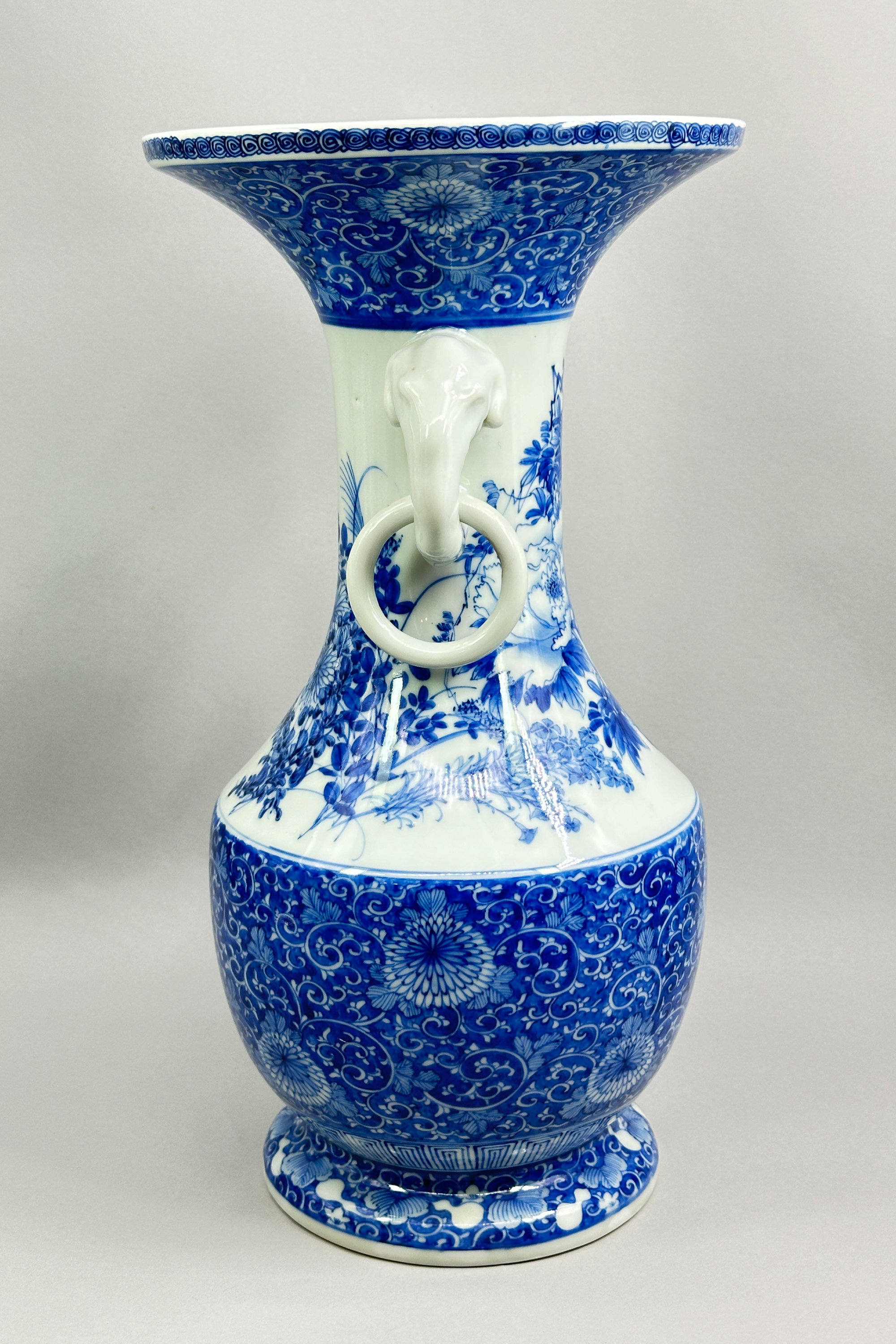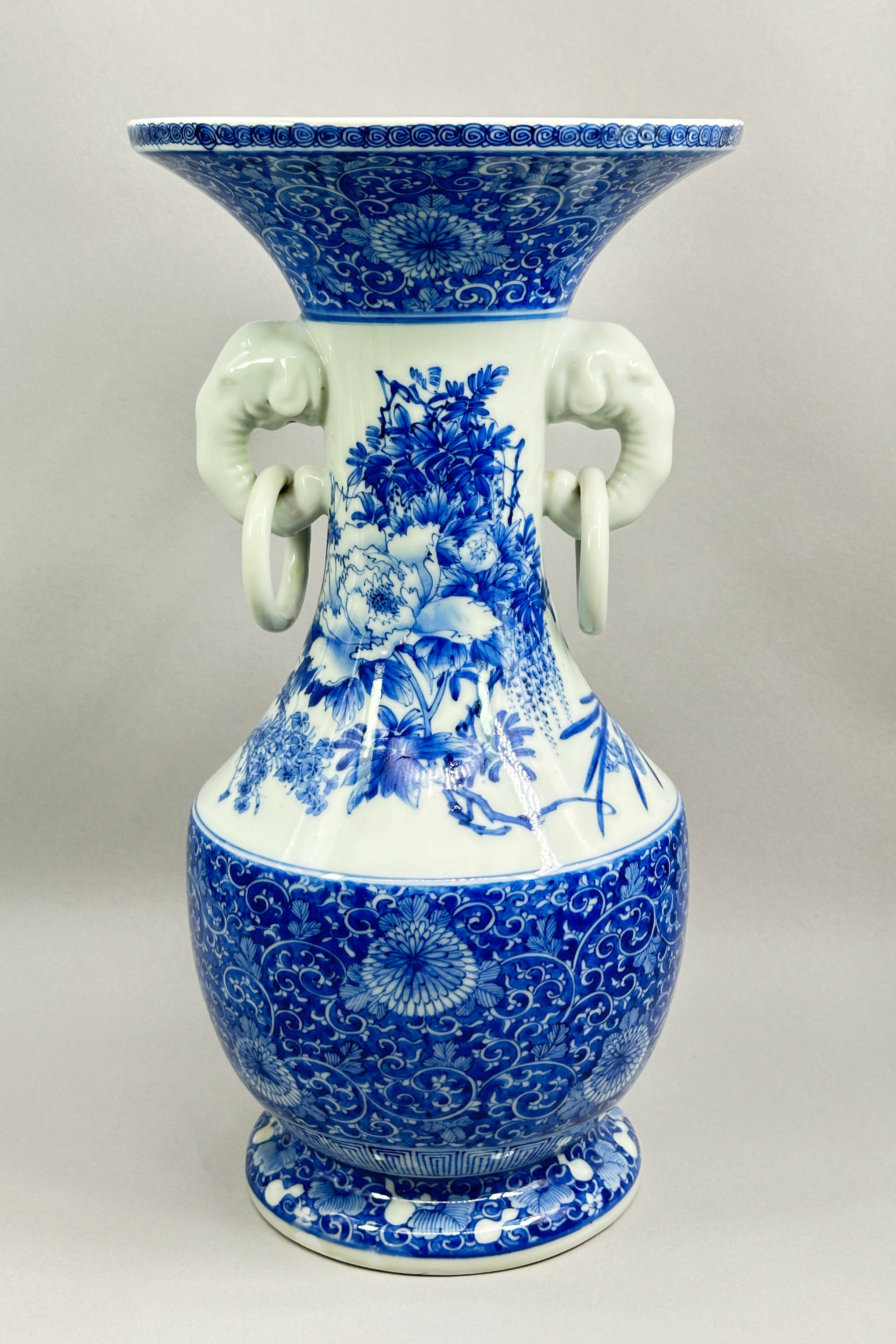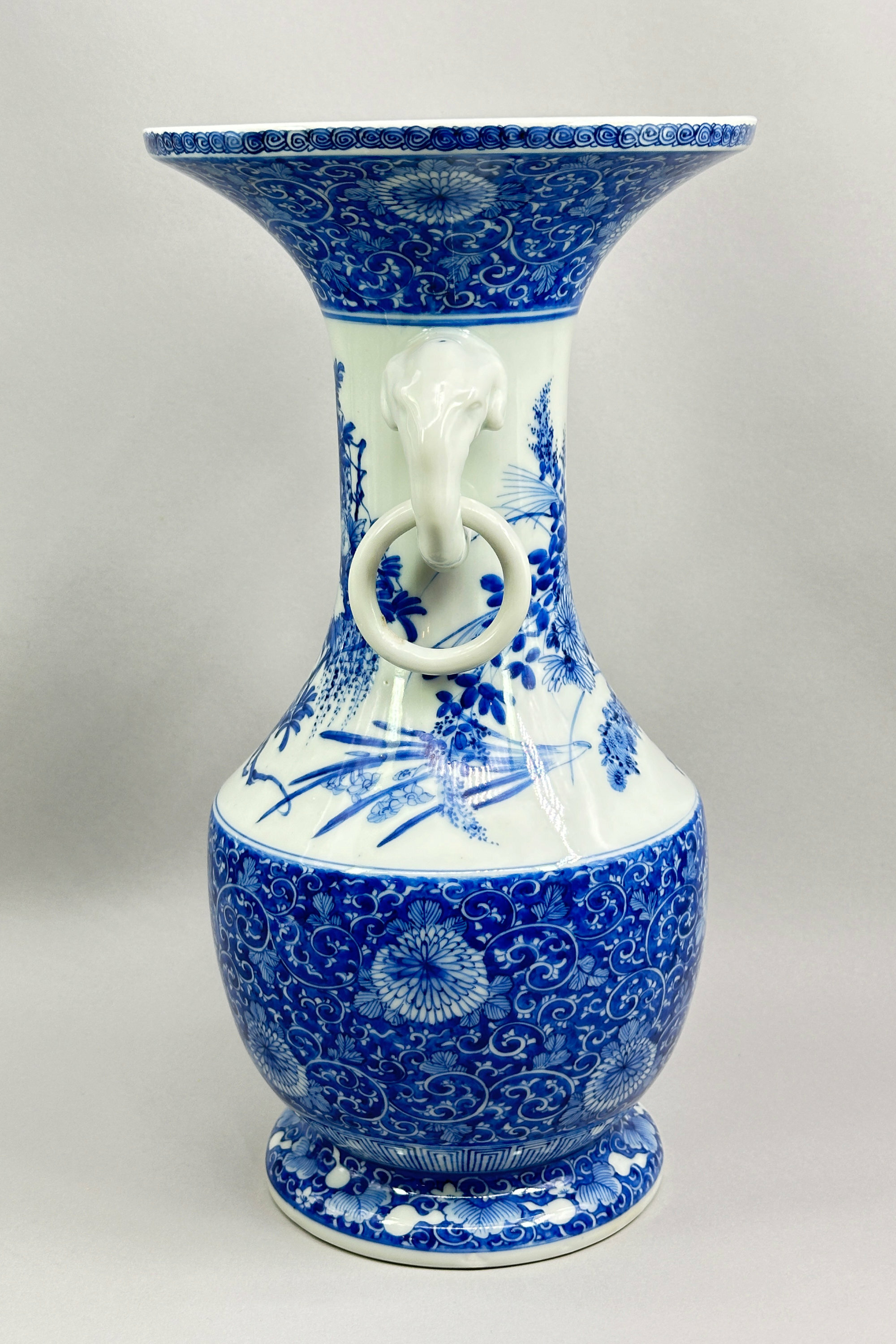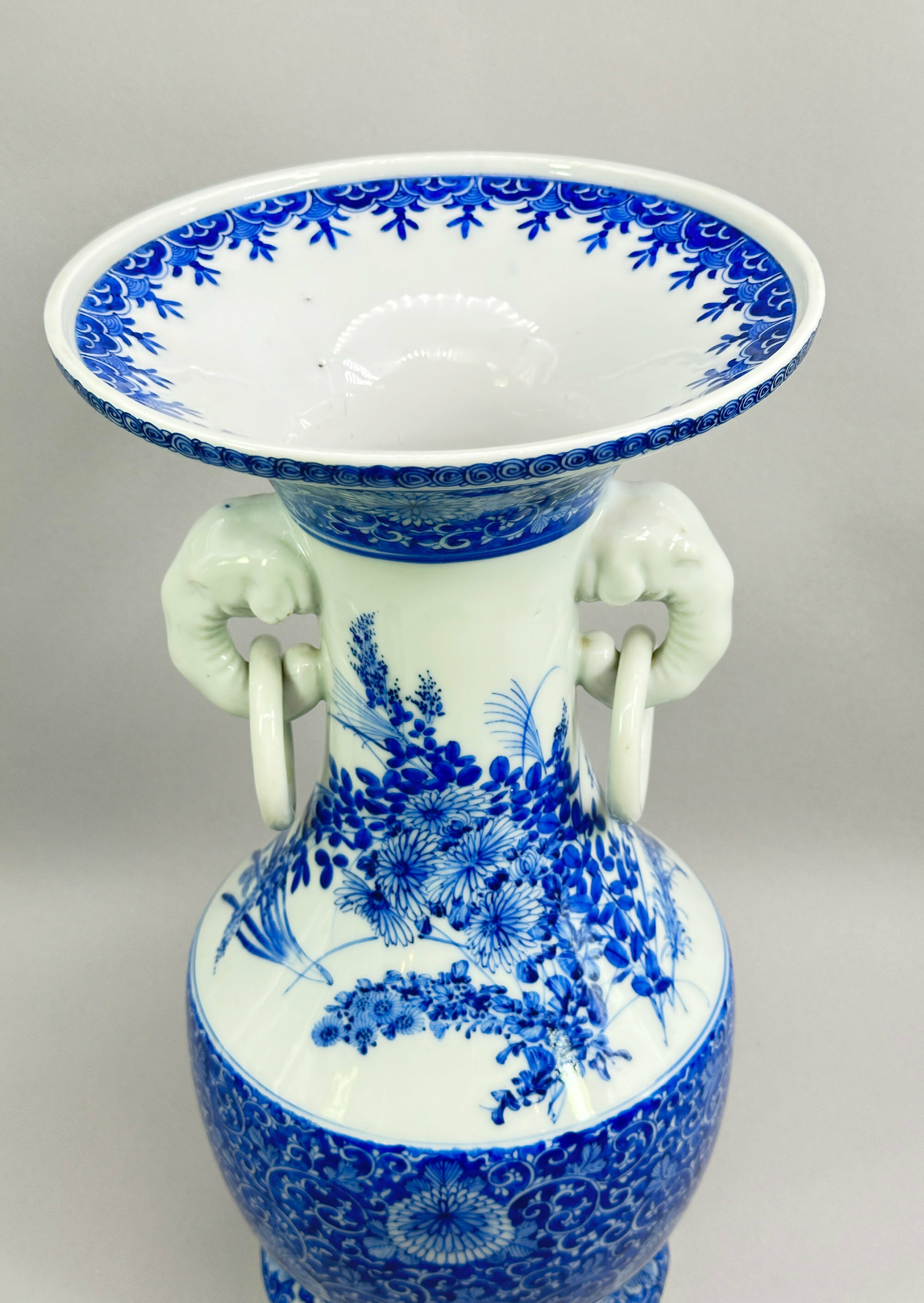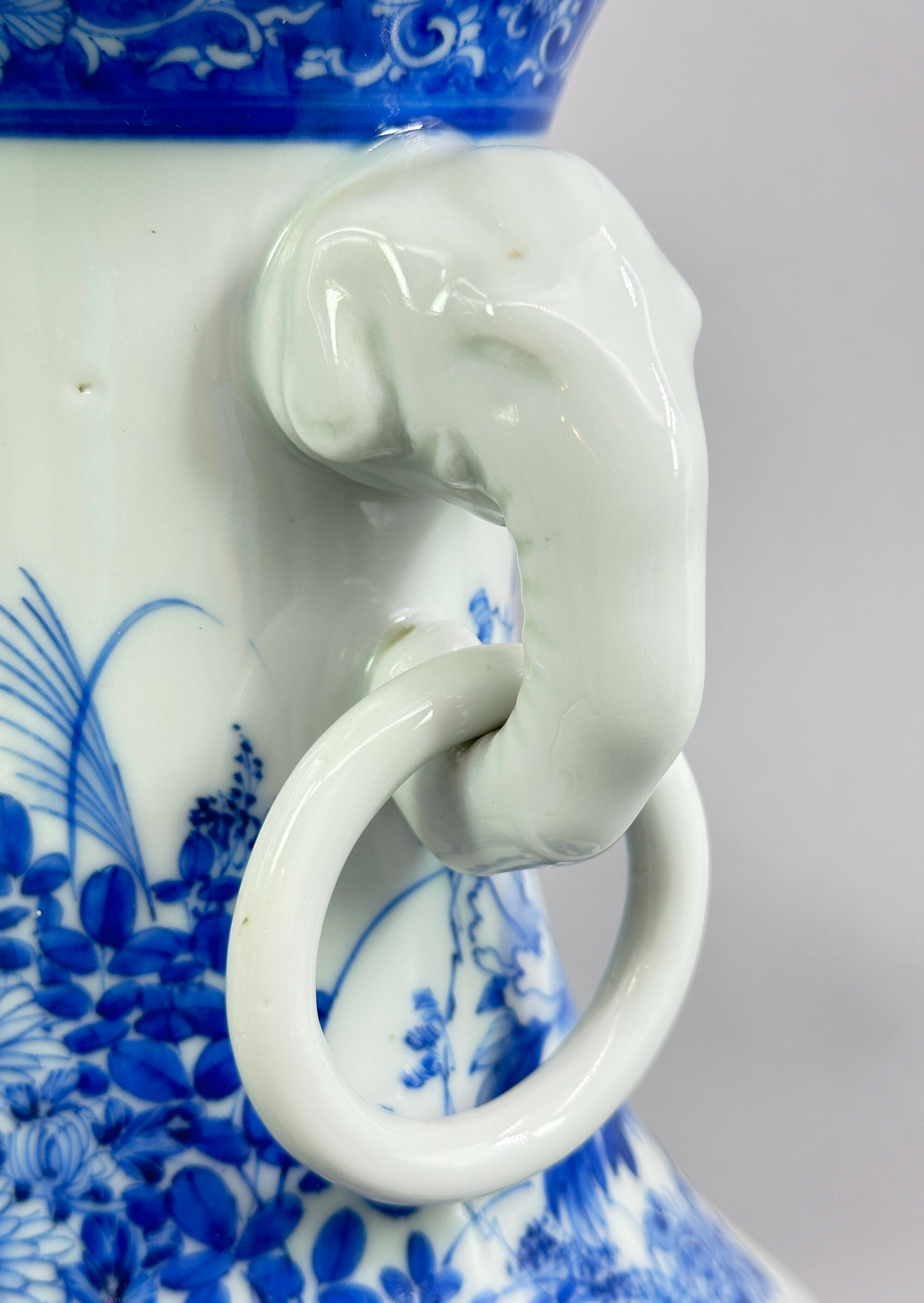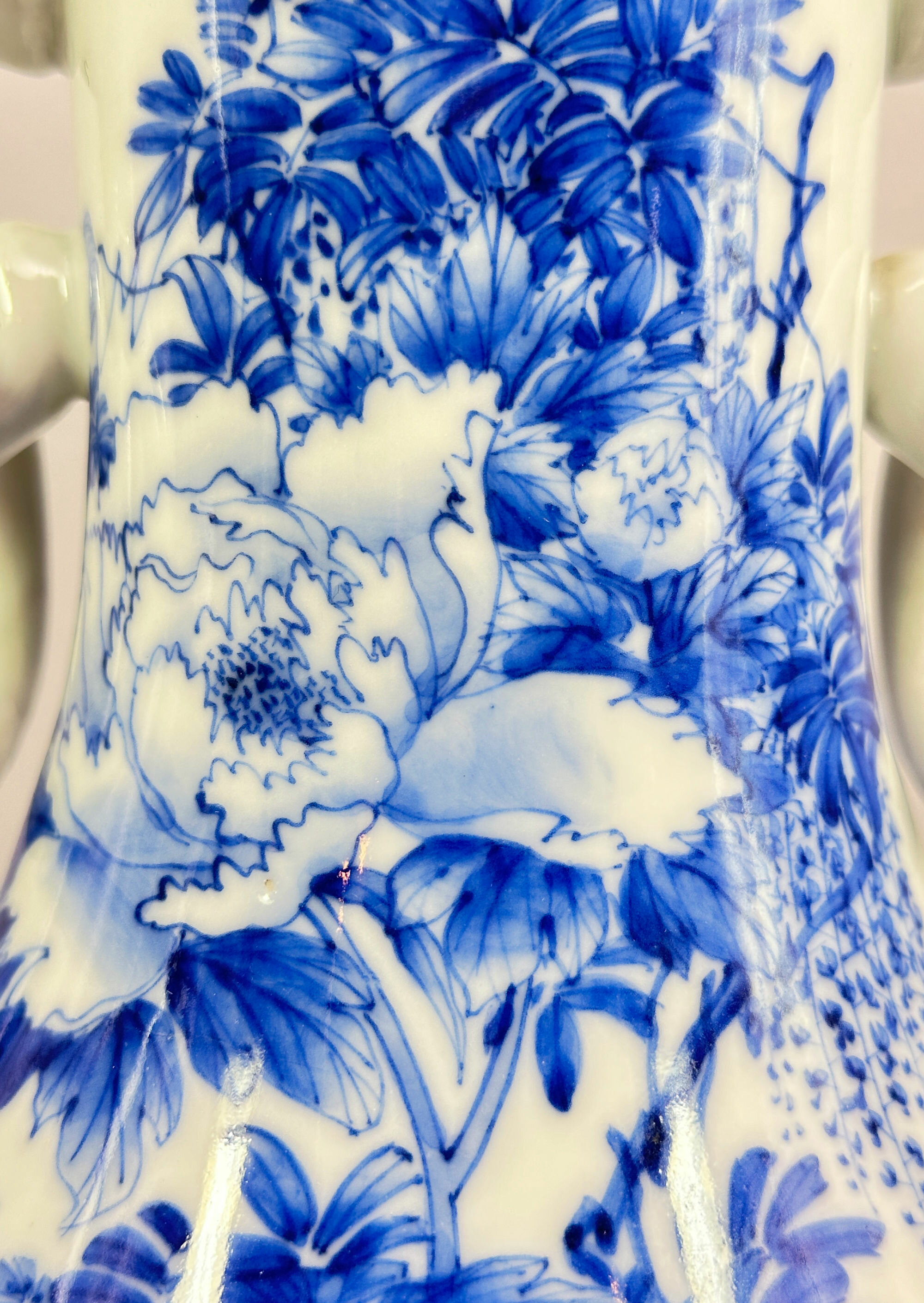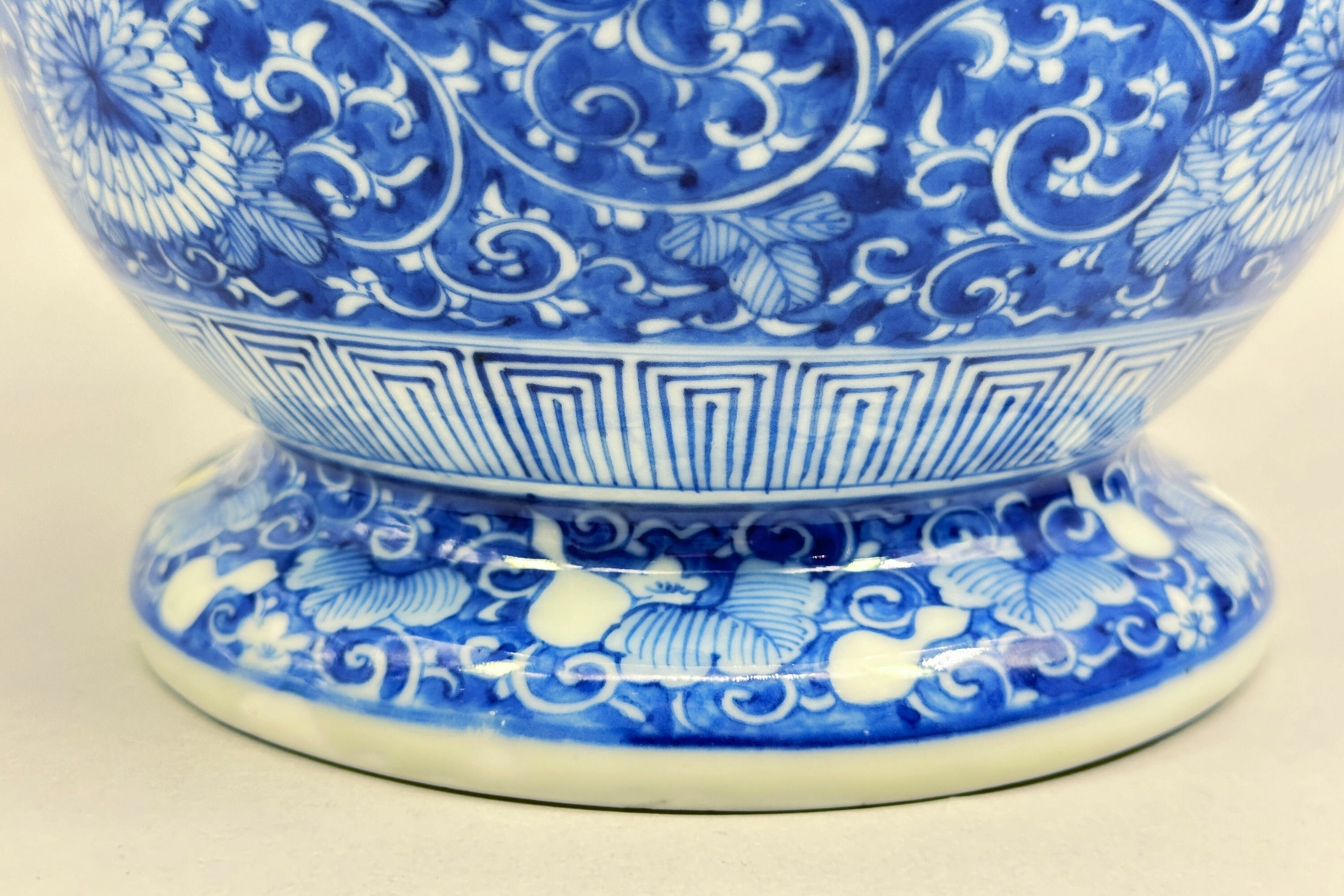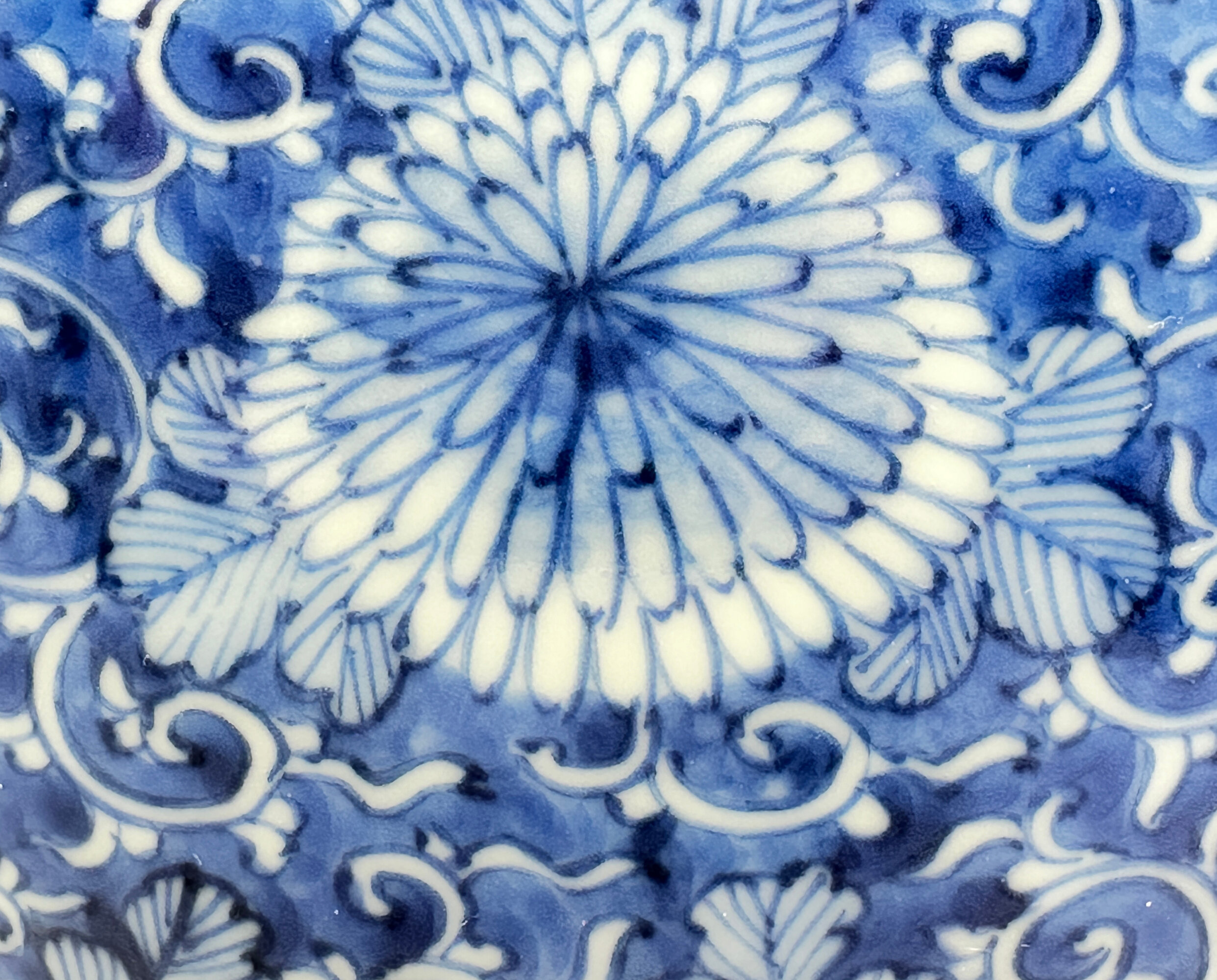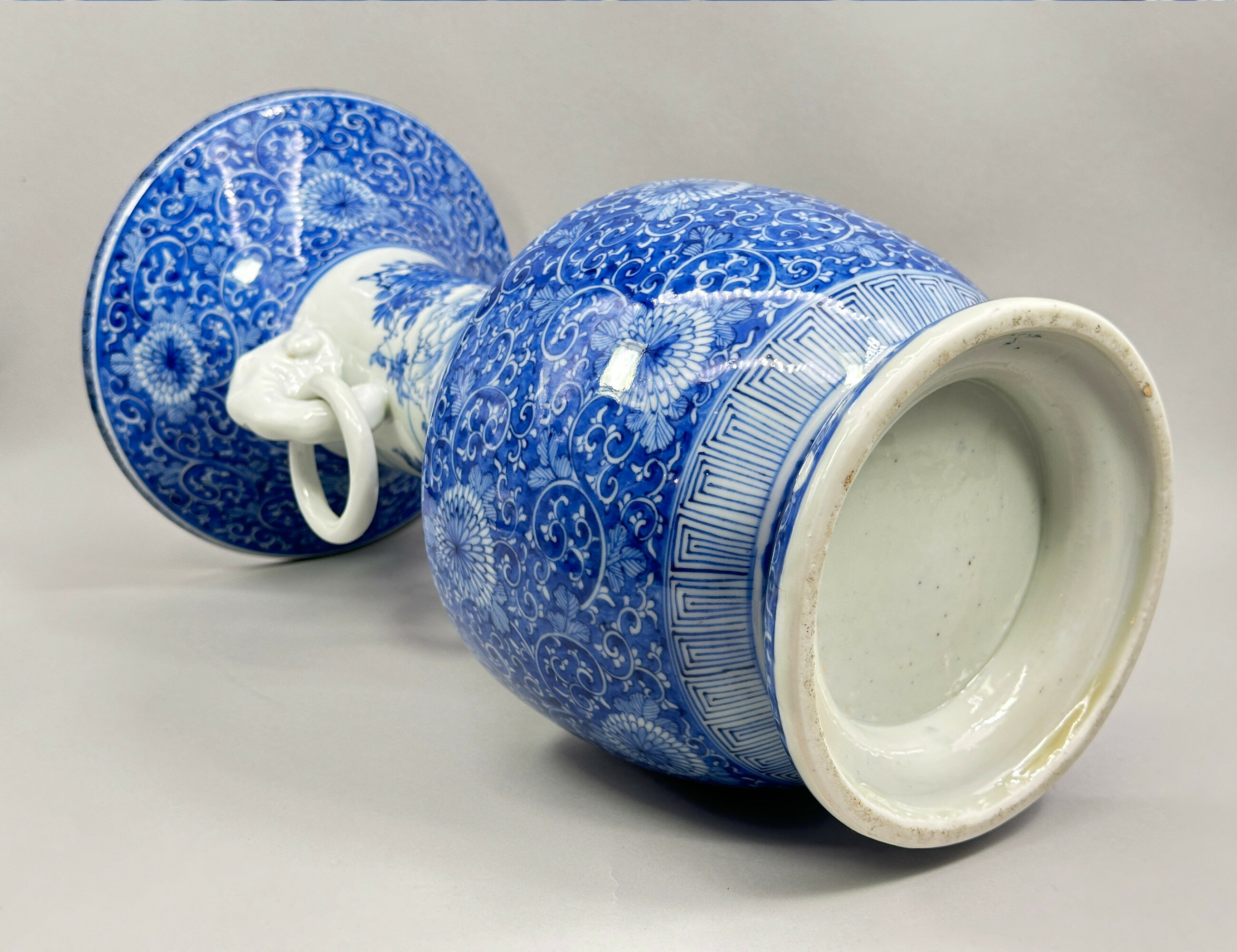Japanese Seto Ware Blue and White Vase, late C19th
| Current Bid: | £270.00 |
| Bid Increment: | £10.00 |
| Next Min Bid: | £280.00 |
| Buyer’s Premium: | £64.80 |
| Total Amount: | £334.80 |
| Number of Bids: | 12 |
| Location: | United Kingdom |
| Highest Bidder: | User 1360 |
| Auction Start: | 05/02/25 18:46:00 UTC |
| Auction Ending: | 19/02/25 20:00:00 UTC |
| Auction Finished : | 19/02/25 20:00:01 UTC |
Japanese Seto Ware Blue and White Vase, late C19th
Famous for over a thousand years, the ceramics produced at Seto in the Aichi prefecture, Japan, became synonymous in the late nineteenth century for high quality blue and white porcelains finely painted and produced in a wide variety of forms, some of near demonstration quality. The vase presented here is an outstanding example of their work, immaculate in both its craftsmanship and condition. …………………………………………………………………………………………...................................................................................A fine quality Japanese porcelain vase, the ovoid body with a curved flaring foot and rising to a tall concave neck with a well defined shoulder, applied elephant and ring handles to the sides and a galleried rim, decorated in bright underglaze blue with two bands of stylised flowering chrysanthemum at the top and bottom between a continuous scene of flowering peony and chrysanthemum, the top rim with repeating whorl design on the exterior and stylised leaf design inside, the stepped base glazed white.
The kilns at Seto in the Aichi prefecture of Japan and situated close to Nagoya form one of the traditional ‘Nihon Rokkoyo’, the six old kilns of medieval Japan. The location of Seto was ideal for the production of ceramics with an abundance nearby of both porcelain clay and forests to provide firewood for the kilns. Production began as early as the Heian period (794-1185) and continued without a break thereafter, the earlier pieces being more pottery forms copying Chinese wares. It was in the early nineteenth century that the kilns turned to producing porcelains decorated in underglaze blue and white, a development initiated by the potter Tamikichi Kato who went to Arita to learn the techniques of its production there, returning to Seto in 1807. Production grew and developed and was directed towards the export market in the Meiji period (1868-1912) with Seto wares being displayed at the European and North American exhibitions and fairs. Their delicately painted designs of birds and flowers proved to be immensely popular and were, in their time, to influence Art Nouveau and Art Deco designs. Some of the forms produced were truly virtuoso creations including, besides vases, screens, jardinieres and even ceramic tables.
Signed pieces are known and besides Tamikichi Kato the distinguished potters included the Kichiemon brothers, Kato Chuji and Kawamoto Jihyoe, and Kawamoto Hansuke. But not all the best pieces carried an artist’s signature as this vase well demonstrates. Formed from fine quality clay, as can be seen from the foot rim (image 10), the complex shape with its spreading base, angled shoulder and galleried rim would have been difficult to create. The handles show remarkable skill with the rings somehow formed so as to hang loose (presumably some form of kiln waster technique was used). The detail and artistry of the painting speaks for itself. Note in particular the shading effects on the peony flowers. While not perhaps an exhibition piece, this vase is definitely of exhibition quality and would be a worthy addition to a collection of nineteenth century Japanese ceramic art.
| Size: | Ht 39.5cm, Width (max) 20cm, Base 15.5cm |
| Weight: | 3.75kg |
| Date: | 1880 |
| Condition: | Excellent condition with no damage or restoration |
| Estimate: | £300 – 500 |
